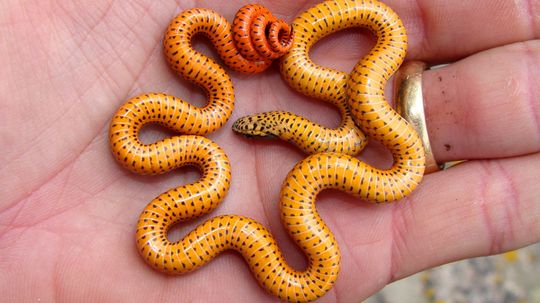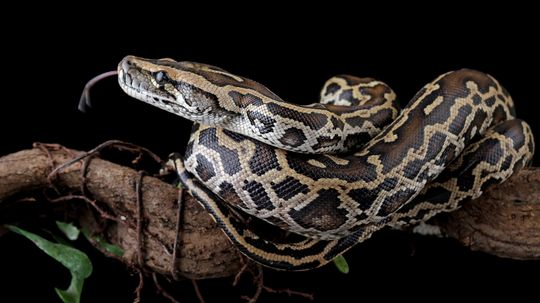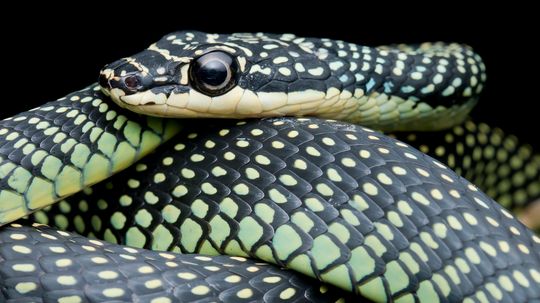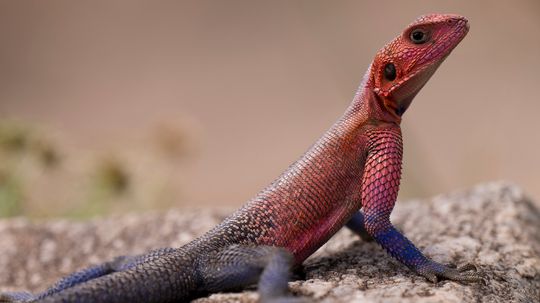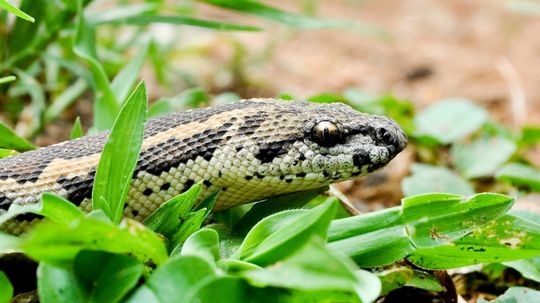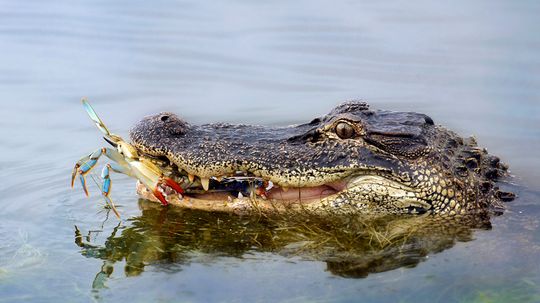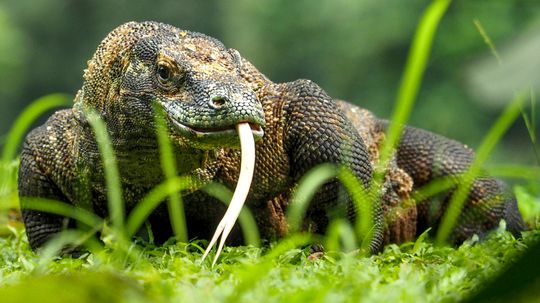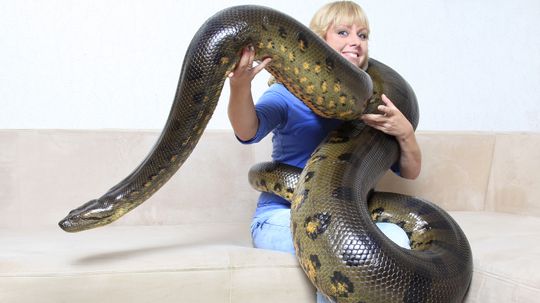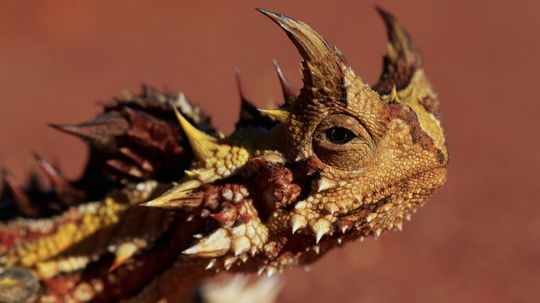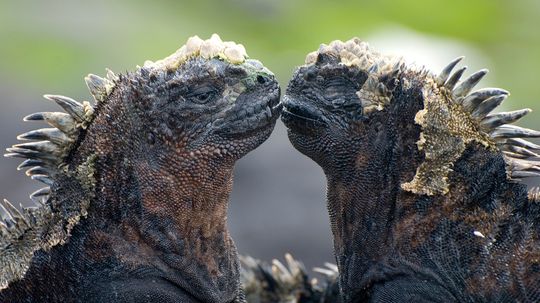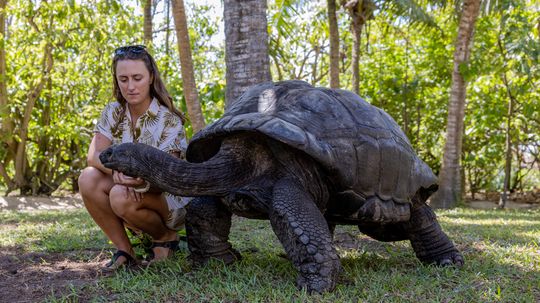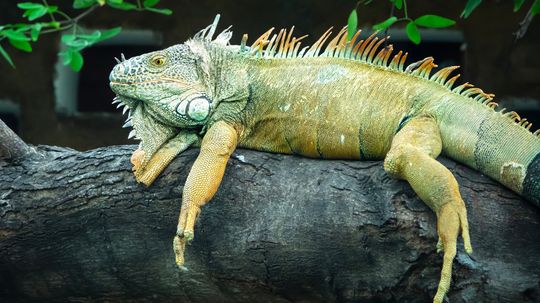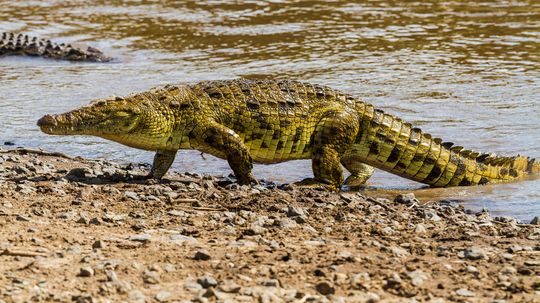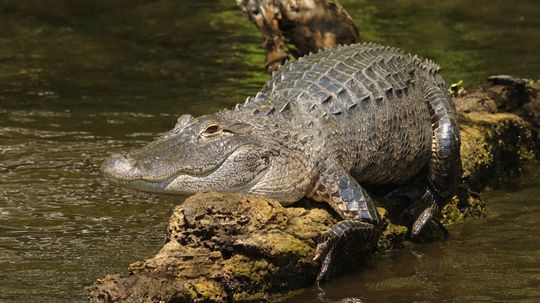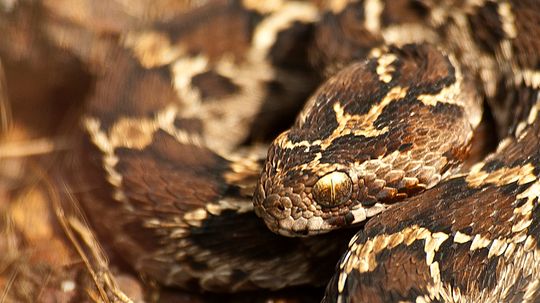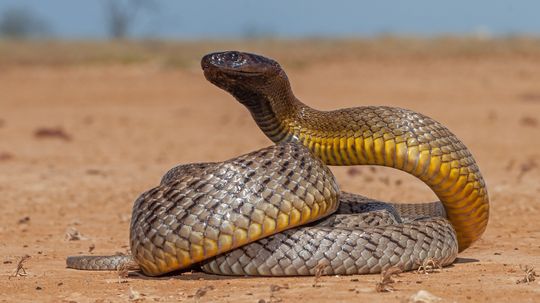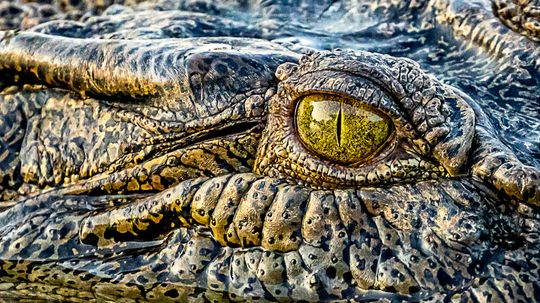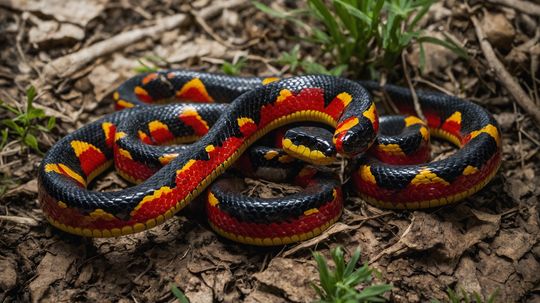Reptiles
Reptiles are cold-blooded vertebrates that have scales layered over their skin. Common reptiles include lizards, snakes, alligators and crocodiles.

What Do Alligators Eat? Pretty Much Anything They Want
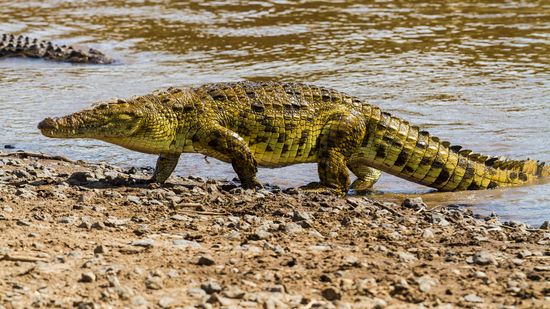
Nile Crocodile: Giant, Vicious and Surprisingly Social

So, the American Alligator Can Climb Trees ... How Terrifying
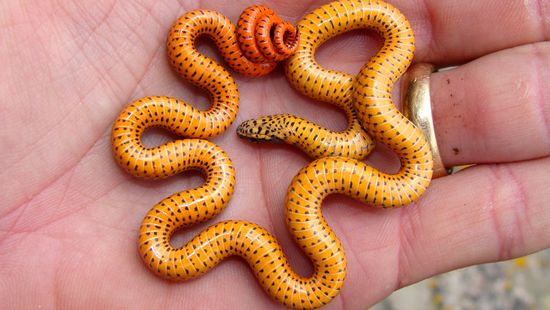
10 Cutest Snake Species That Have Us Squeeing
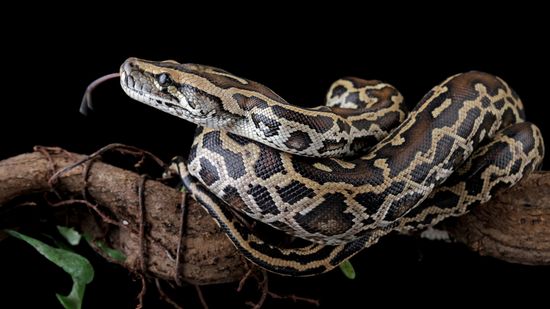
Python vs. Anaconda: Comparing Snakes and Software Languages
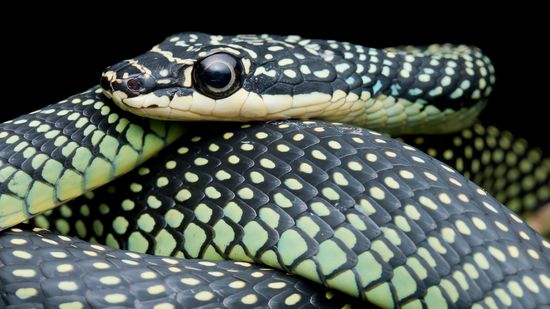
Paradise Flying Snake Truly Falls With Style

A Giant Tortoise Lives in the 'Galápagos of the Indian Ocean'
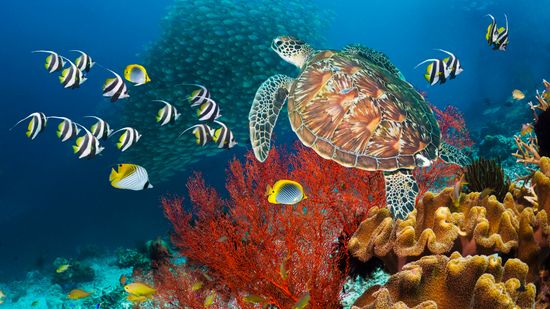
Green Sea Turtle: Named for Its Fat, Not Its Scales or Shell

The Leatherback Sea Turtle Is the Size of a Small Car
Learn More
Not everyone thinks "cute" when they hear the word "snake," but some serpents are changing hearts and memes alike.
By Nico Avelle
Some colorful lizards can stop you in your tracks. One second, you think you're looking at a rock. The next, a rainbow blur darts across your path. These reptiles are the masters of camouflage and display, using vivid skin tones to communicate, hide or strut their stuff.
By Nico Avelle
When you hear "python vs. anaconda" you might think of a clash between two massive snakes, but it’s also a fair comparison between a powerful programming language and a robust data science distribution. Whether you’re talking snakes or software, the differences are fascinating.
Advertisement
Gliding through the canopies of southeast Asia, the paradise flying snake (Chrysopelea paradisi) cuts a striking figure.
By Nico Avelle
If you're a fan of reptiles, you've probably asked yourself, what do lizards eat? With over 7,000 known lizard species on Earth, the answer isn’t one-size-fits-all. Some lizards eat only insects, others go for plant matter — and a few go full-on omnivore, chomping on both.
By Nico Avelle
The Arabian sand boa has mastered the art of living beneath the sand. Found slithering (or, more accurately, burrowing) across the Arabian Peninsula, its ability to stay nearly invisible — with just its eyes peeking above the sand — makes it one of the sneakiest hunters in the desert.
By Mack Hayden
Alligators are some of nature’s oldest prehistoric predators. But what do alligators eat, and what is an alligator's natural prey?
By Talon Homer
Advertisement
Whether they're prowling the forest floor or basking in the sun, big lizards are fascinating creatures. They come in all shapes and sizes, with some being land-dwelling behemoths and others being arboreal species that rule the treetops.
By Yara Simón
The green anaconda — scientific name Eunectes murinus — is the heaviest snake species on our planet. These colossal serpents slither through the waterways of South America, captivating our imaginations with their immense size and power.
By Yara Simón
Australia's thorny devil, Moloch horridus, looks like something straight out of a sci-fi movie. You might not be surprised that it's also called the "devil lizard" or "mountain devil."
By Ada Tseng
The marine iguana is found only in the Galápagos Islands. From their sleek swimming skills underwater to their clumsy movements on land, they're perfectly adapted to their marine environment.
By Zach Taras
Advertisement
By the time the oldest human dies, odds are there's a giant tortoise out there somewhere who'll live twice as long as they did. Hailing from the Indian Ocean and the Galapagos islands, giant tortoises have been one of the most durable and long-living species for centuries upon centuries.
By Mack Hayden
Lizards are some of the most diverse and fascinating creatures on the planet. There are so many types of reptiles that come in an incredible variety of shapes, sizes and colors, from worm-sized snakes and tiny turtles to gargantuan crocodiles and giant monitor lizards that could pass for modern-day dinosaurs.
By Mack Hayden
If you've ever seen a lizard running across the surface of water, you've likely witnessed the amazing basilisk lizard in action. This stunning feat earned the basilisk the nickname "Jesus Christ lizard." Like the founder of Christianity, this slithery critter can walk across lakes and seas.
By Mack Hayden
The Galapagos tortoise is one of the most iconic reptiles on Earth, and for good reason. These gentle giants are the largest tortoises in the world, living on the Galápagos Islands and playing a key role in their ecosystems.
By Karina Ryan
Advertisement
Did you know green iguanas have a third eye and can grow up to 7 feet (2.1 meters) long?
By Ada Tseng
The green sea turtle is among the most elegant marine creatures cruising through our oceans. Known for their gentle demeanor and striking appearance, these marine turtles are vital to ocean ecosystems, especially their marine turtle habitat in coral reefs and seagrass meadows.
Found across Africa, these aquatic giants are known for their incredible hunting abilities, remarkable parenting instincts. To be honest, their ability to make us glad we're not in their neighborhood!
By Zach Taras
Found only in Indonesia, the Komodo dragon (Varanus komodoensis) roams the rugged terrain of islands like Komodo Island and within Komodo National Park, a protected sanctuary for these unique reptiles.
By Mack Hayden
Advertisement
The leatherback sea turtle is the heavyweight of the sea turtle world ... literally. This sea turtle species can grow as long as a small car and weighing over half a ton!
By Mack Hayden
The American alligator is the second-largest reptile in North America, falling just slightly behind its cousin, the American crocodile.
By Mitch Ryan
The Indian saw-scaled viper (Echis carinatus) is one of the most infamous and dangerous Indian snakes. These venomous snakes are known for their speed, aggression and powerful venom, which makes them one of the deadliest snakes to humans.
By Mitch Ryan
Today, we're diving into the world of the most venomous snake on the planet: the inland taipan. This slithery predator isn't just the most dangerous in terms of venom strength; it's also a highly specialized creature that has adapted to life in some of the harshest environments on Earth.
Advertisement
The saltwater crocodile, Crocodylus porosus, is the largest living reptile on Earth, and it rules the waters from northern Australia to Southeast Asia. These massive reptiles are often called "salties" and can grow to incredible sizes, with large male saltwater crocodiles sometimes reaching lengths of up to 7 meters (23 feet).
By Talon Homer
At first glance, the coral snake vs. king snake distinction can seem borderline impossible. But these two reptiles are worlds apart in terms of how they live, hunt and defend themselves.
By Yara Simón
